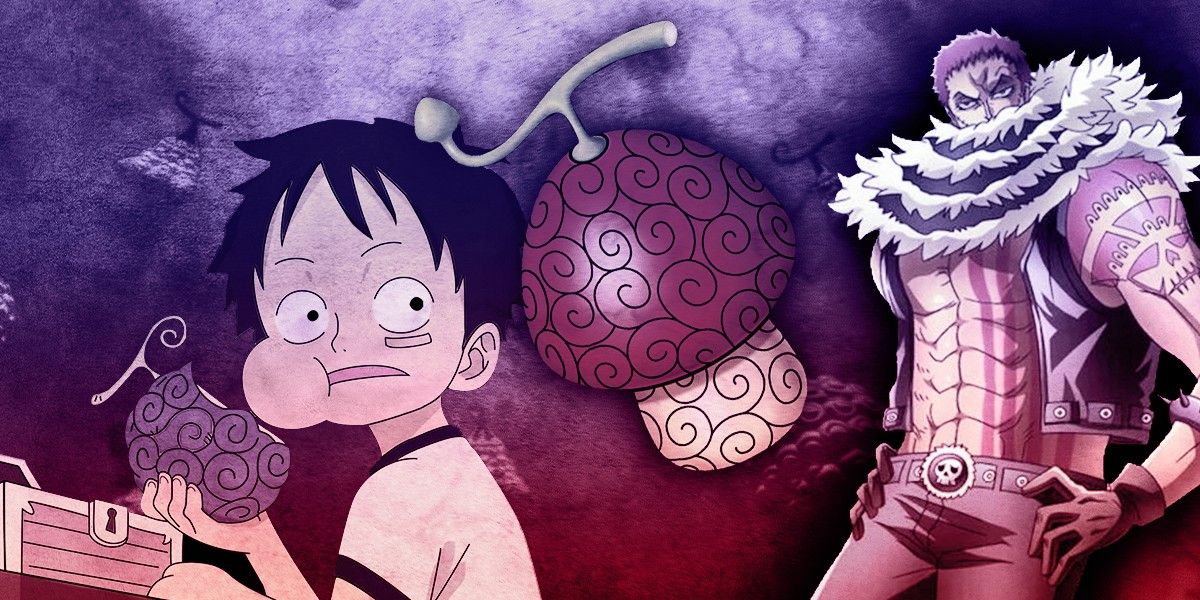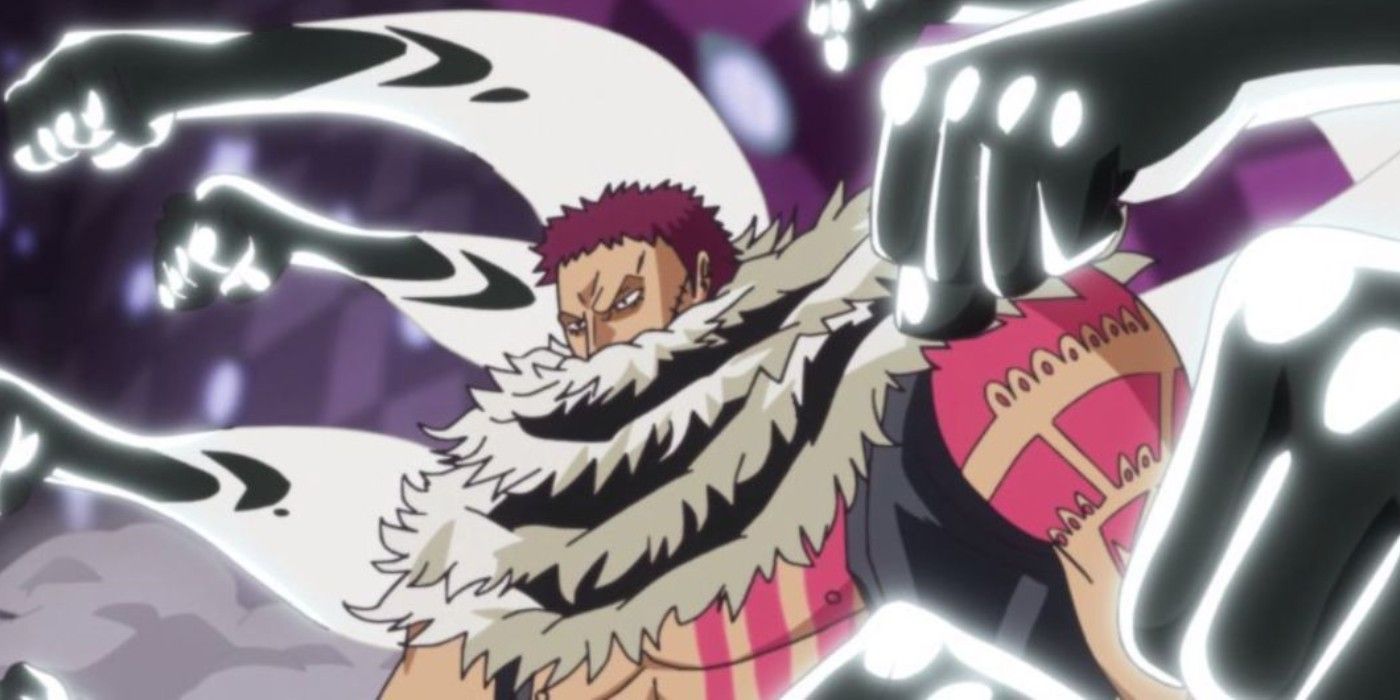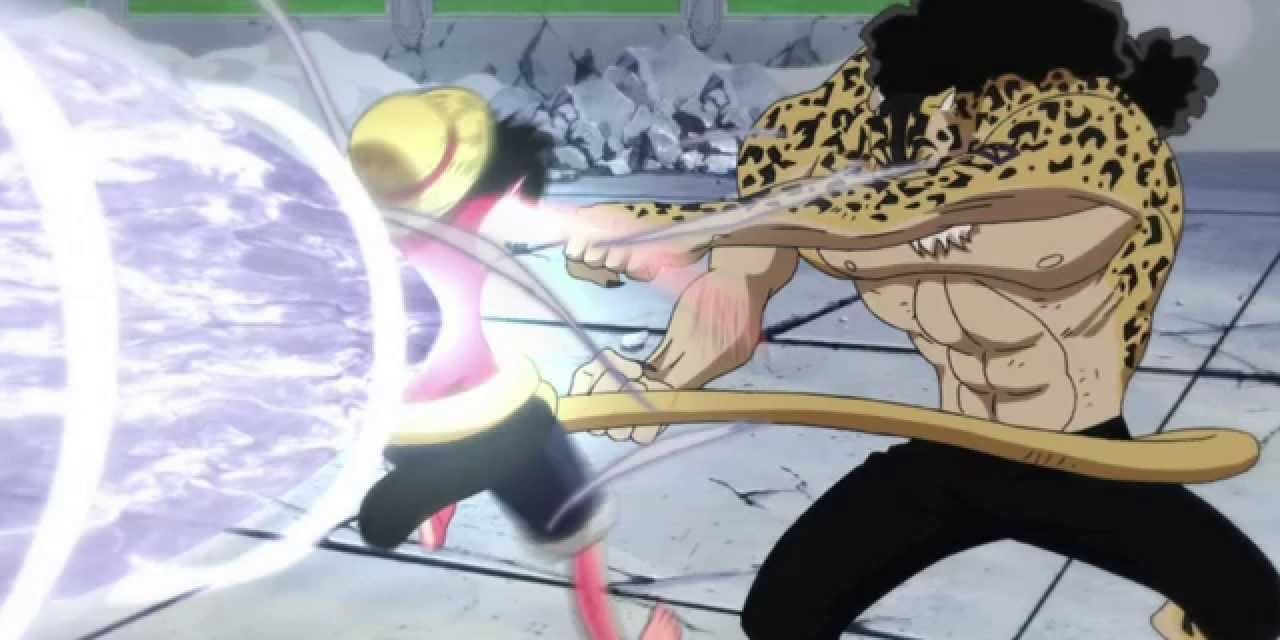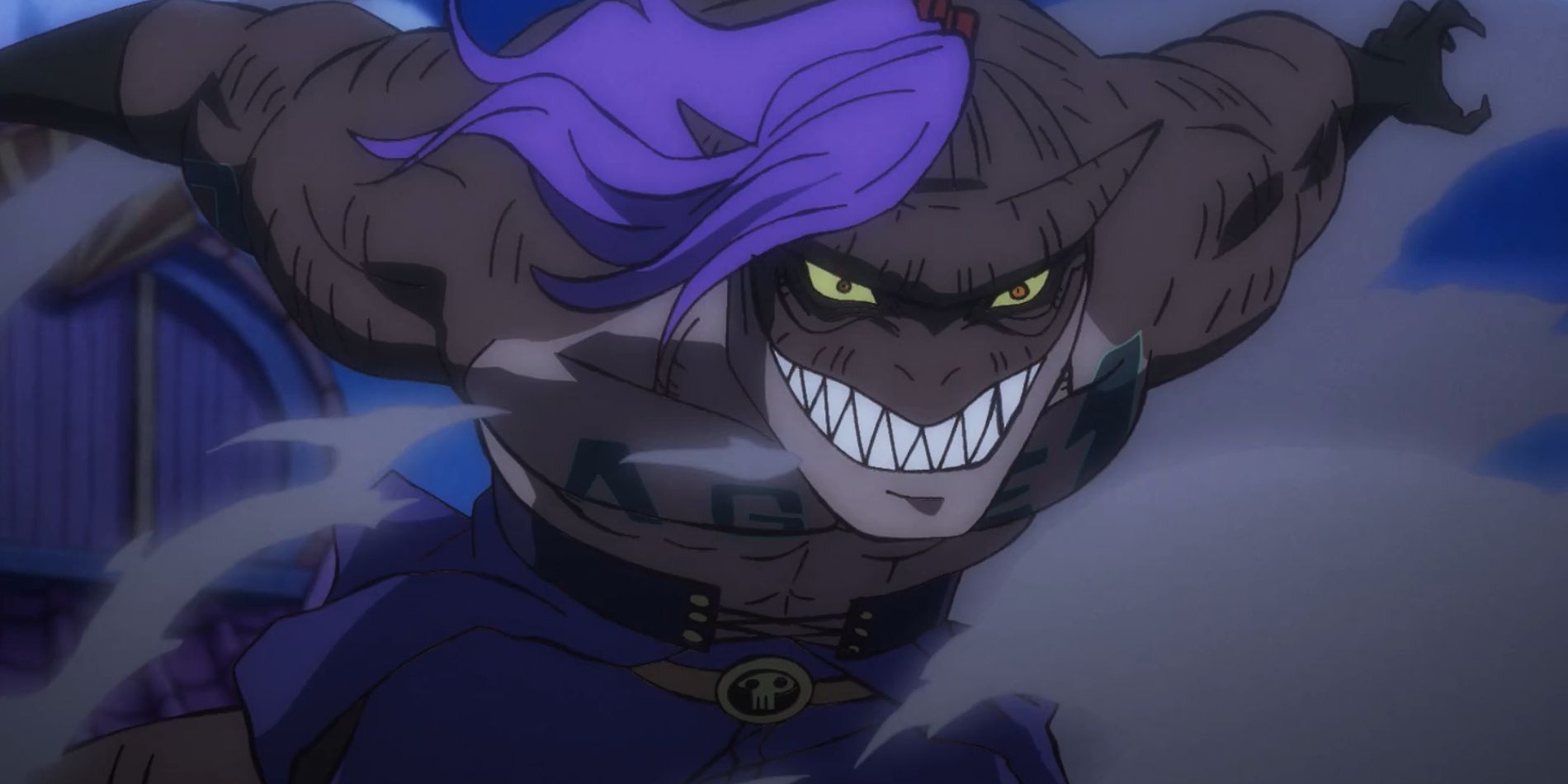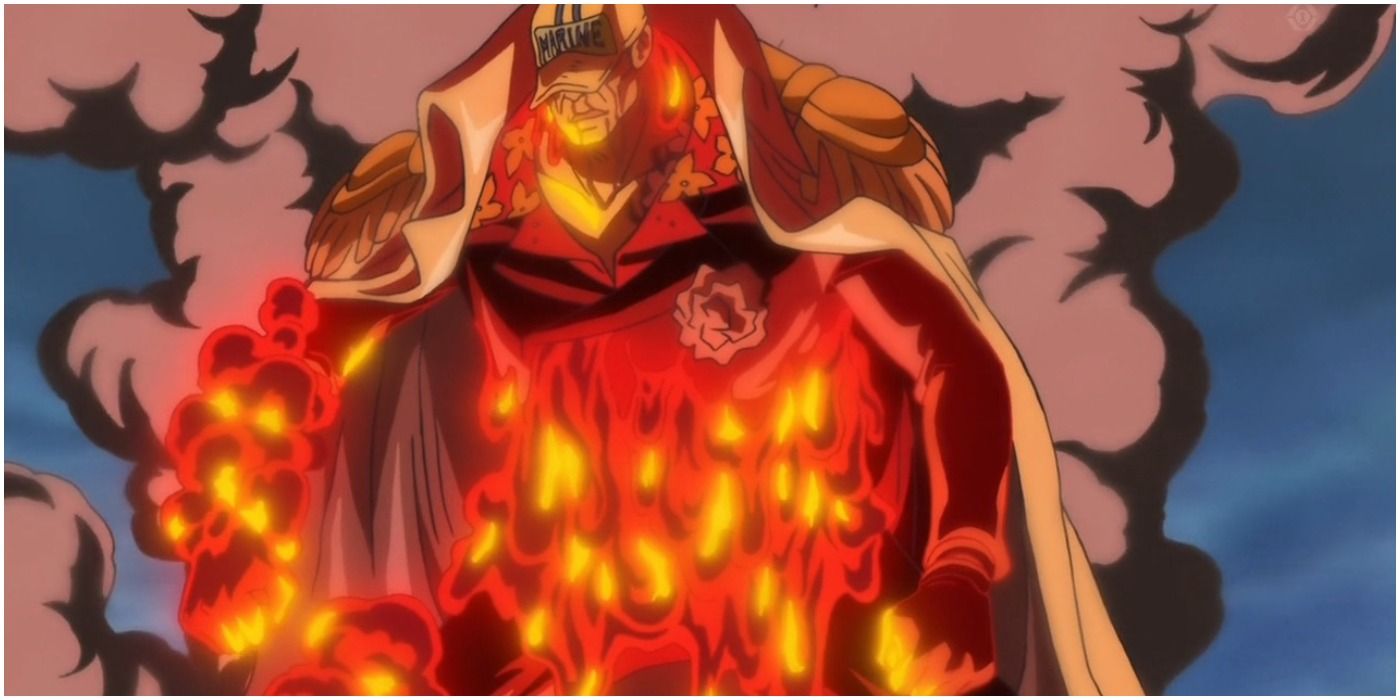Devil Fruits are the most incredible form of power in the world of One Piece. These fruits grant immense strength to those who eat them, and in exchange for their newfound powers, they sacrifice the ability to swim. Although this sacrifice is a grave threat in the sea-faring world of One Piece, the trade-off is almost always worth it.
Generally, Devil Fruits are classified into one of three different categories: Paramecia, Zoan, and Logia. While One Piece only distinguishes between these three types of Devil Fruits, there are numerous subtypes that further characterize each class. Altogether, there are seven distinct classes and subclasses of these fruits, resulting in a wide range of diversity in their abilities.
Updated on January 31, 2024 by Xandalee Joseph: The Egghead Island arc has finally begun, and as One Piece's epic tale enters its final saga, it continues to add more to its expansive world building and lore. Fans have much more to learn about the series' Devil Fruits, their distinct abilities, and classifications.
7 Paramecia Are The Most Versatile
Notable Devil Fruits:
- Chop-Chop Fruit
- Flower-Flower Fruit
- Op-Op Fruit
- String-String Fruit
Paramecia-type Devil Fruits are the most common in One Piece, and as a result, they offer an extensive array of powers. Because of their wide range of abilities, Paramecia-type Devil Fruit can be a bit hard to classify. However, their powers generally revolve around one of three effects: Bodily Alteration, Environmental Manipulation, and Substance Generation.
Buggy the Clown's Chop-Chop Fruit is a perfect example of a Bodily Alteration-type Paramecia, while Marine Admiral Fujitora's Press-Press Fruit offers a glimpse of the true potential of Environmental Manipulation-type Devil Fruit. Although Logia and Zoan-types have played a massive role in the Wano Country arc, the Paramecia class will always be One Piece's bread-and-butter.
6 Special Paramecia Has Only One Example So Far
Notable Devil Fruit:
- Mochi-Mochi Fruit
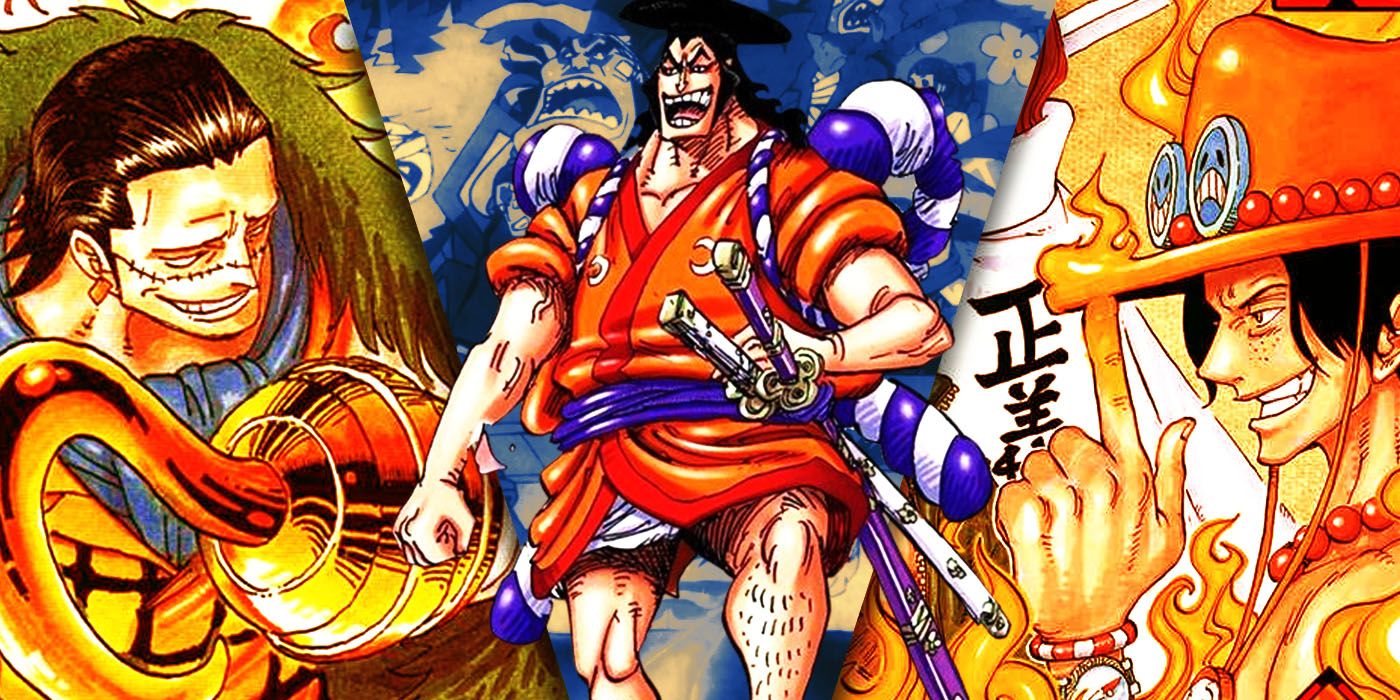
10 Best What If...? Stories That Could Work in One Piece
From Ace's death to Bon Clay's change of heart, One Piece would be a completely different anime if things went differently.Special Paramecia are the only known subclass of Paramecia-type Devil Fruit. As the name suggests, they denote Paramecia Devil Fruit which fall outside the class' normal classifications. So far, only one of these Devil Fruit has appeared in the series: Charlotte Katakuri's Mochi-Mochi Fruit.
The Mochi-Mochi Fruit allows Katakuri to transform his body into mochi (a style of Japanese rice cakes) in a fashion that closely resembles most Logia-type Devil Fruit. One Piece has not clarified why Katakuri's Devil Fruit breaks the normal conventions of Paramecia-types, but hopefully, the series' final saga will further explore the topic.
5 Zoan Fruits Transform The User
Notable Devil Fruits:
- Bird-Bird Fruit: Model Falcon
- Cat-Cat Fruit: Model Leopard
- Human-Human Fruit
- Mole-Mole Fruit
Zoan-type Devil Fruits allow their user to transform into a specific animal, granting them an excessive boost to their physical abilities in the process. Generally, those who wield this class of Devil Fruit benefit from shorter recovery times and an inhuman level of strength.
Each Zoan-type Devil Fruit has three forms: human, beast, and hybrid. However, some skilled users gain access to even more forms, as seen most clearly in Tony Tony Chopper's mastery of the Human-Human Fruit.
4 Artificial Zoan Are Risky & Man-made
Notable Devil Fruits:
- Fish-Fish Fruit: Model Azure Dragon (Artificial)
- SMILE Fruit
As their name insinuates, Artificial Zoan-types are Devil Fruits created by humans. Up to this point in One Piece, two individuals have been seen manufacturing Artifical Zoan-type Devil Fruits: Caesar Clown and Dr. Vegapunk. Most of their creations are less effective than legitimate Zoan-types, but they're still a dangerous tool nonetheless.
Almost all Artificial Zoan-type Devil Fruits suffer from massive drawbacks, making them a risky option in even the direst of circumstances. Thus far, Momonosuke's draconic Devil Fruit—created by Dr. Vegapunk—is the only artificial Devil Fruit to make a significant difference in one of One Piece's major battles.
3 Ancient Zoan Restore Creatures From The Past
Notable Devil Fruits:
- Dragon-Dragon Fruit: Model Brachiosaurus
- Dragon-Dragon Fruit: Model Pachycephalosaurus
- Dragon-Dragon Fruit: Model Pteranodon
- Elephant-Elephant Fruit: Model Mammoth
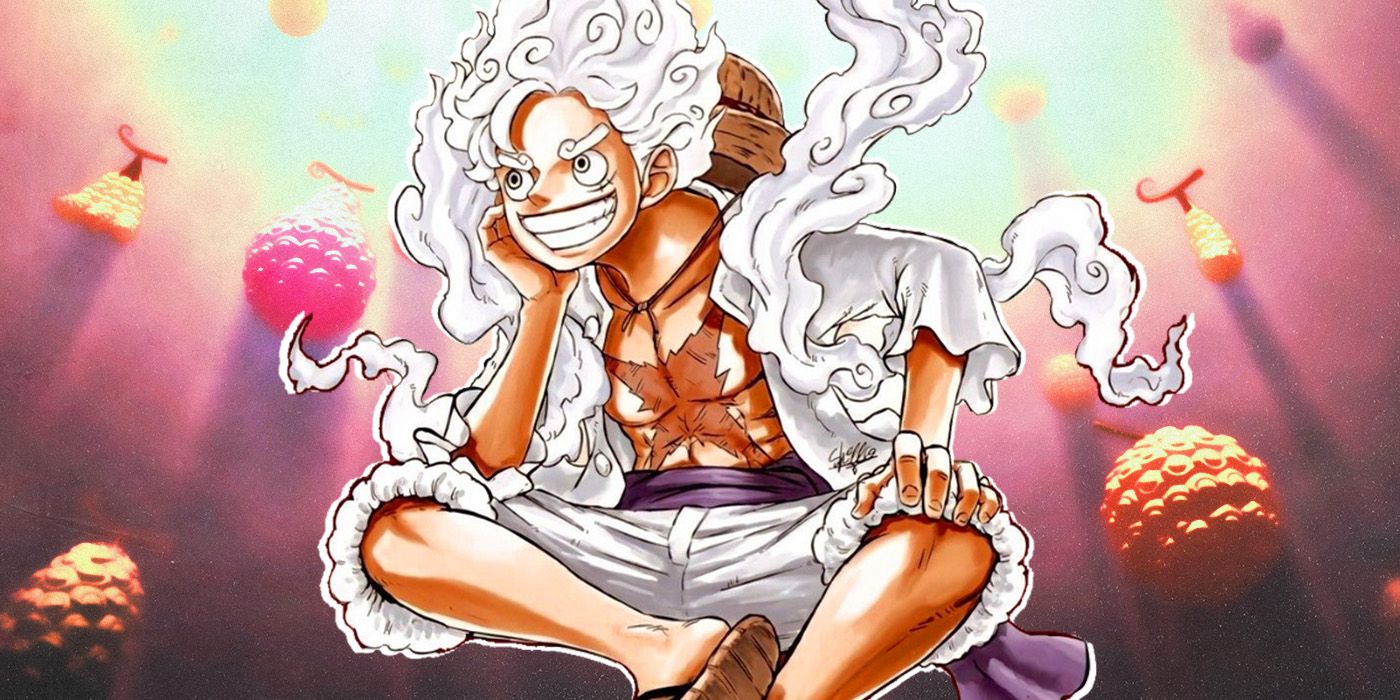
10 One Piece Devil Fruits That Can Beat Gear 5 Luffy
Devil Fruits, like the Sand-Sand Fruit and the Hobby-Hobby Fruit, can counter Gear 5 and might even render it useless.Ancient Zoan is a subclass of Zoan-type Devil Fruits that turn their eater into various ancient creatures, most often some form of dinosaur. These Devil Fruits are among the rarest in the series, and as evidenced by the Beast Pirates, any substantial amount of Ancient Zoan-users pose a massive threat in battle.
Every single Ancient Zoan-type Devil Fruit makes its user extraordinarily durable and tremendously powerful. Kaido's three strongest commanders—King the Conflagration, Queen the Plague, and Jack the Drought—all possess Ancient Zoan transformations and bounties north of one billion berries, speaking to their raw power.
2 Mythical Zoans Are The Most Rare Devil Fruits Of All
Notable Devil Fruits:
- Bird-Bird Fruit: Model Phoenix
- Dog-Dog Fruit: Model Okuchi-no-Makami
- Human-Human Fruit: Model Buddha
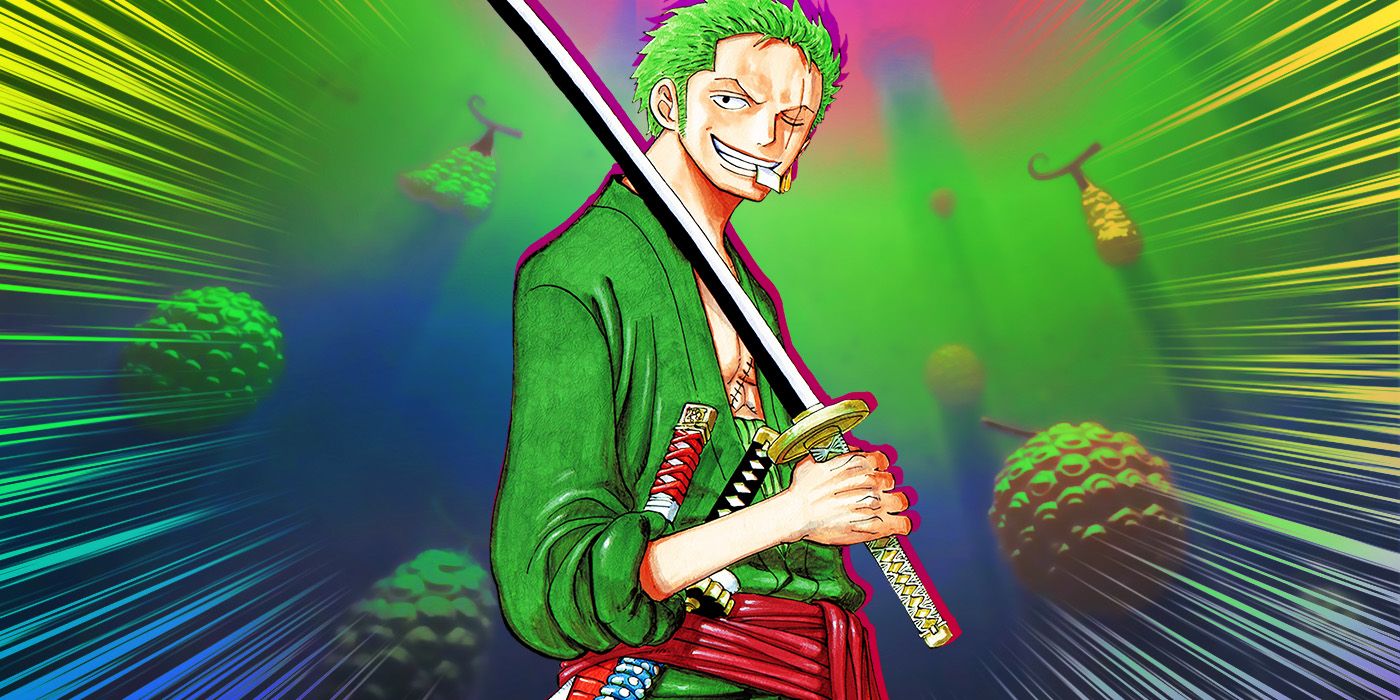
10 One Piece Devil Fruits That Would Make Zoro Stronger
Roronoa Zoro hasn't eaten any Devil Fruit, but if he did, he should consider the best fruits for his skills—such as Onigumo's or the More-More Fruit.Mythical Zoans are the rarest of any Devil Fruit in One Piece, and they're even more powerful than their Ancient Zoan peers. Anyone that uses one of these Devil Fruits can turn into a Mythical Creature such as Sengoku's Buddha, Marco's Phoenix, and Kaido's dragon.
Besides the normal boosts to strength and speed, Mythical Zoans also offer a slew of intriguing powers and abilities. Marco can use the Flame of Rebirth, which allows him to quickly heal from any injury, and Sengoku can produce jarring shockwaves at will. This subclass of Devil Fruit should continue playing a massive role as One Piece moves into its final saga.
1 Logia Devil Fruits Can Control Various Elements
Notable Devil Fruits:
- Glint-Glint Fruit
- Plume-Plume Fruit
- Rumble-Rumble Fruit
- Sand-Sand Fruit
Users of Logia types are few and far between, but they're always incredibly gifted fighters. Logia-type Devil Fruits are the rarest of the three main Devil Fruit classifications, and they allow their users to transform and manipulate a specific element. This provides immense defensive and offensive potential, as evidenced by Devil Fruit like Crocodile's Sand-Sand Fruit.
Unless their opponent is capable of using Armament Haki, Logia-type Devil Fruit users are virtually invincible. While their abilities are less overwhelming in the New World, Devil Fruit like the Magma-Magma Fruit and the Glint-Glint Fruit still pose a significant threat to the series' strongest characters.
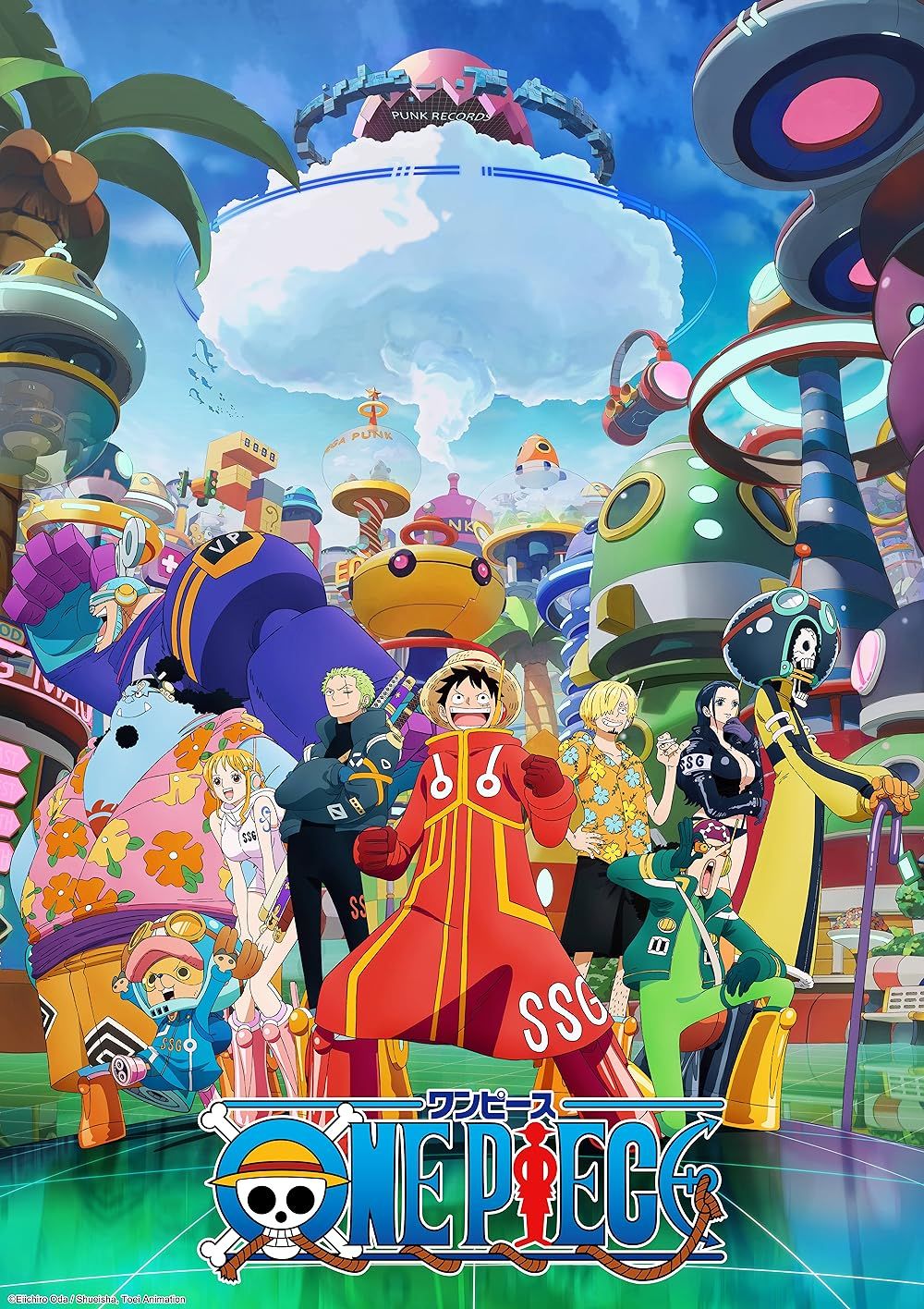
One Piece
Follows the adventures of Monkey D. Luffy and his pirate crew in order to find the greatest treasure ever left by the legendary Pirate, Gold Roger. The famous mystery treasure named "One Piece".
- Release Date
- October 20, 1999
- Creator
- Eiichirô Oda
- Main Genre
- Animation
- Seasons
- 1
- Production Company
- Toei Animation
- Number of Episodes
- 1K+

